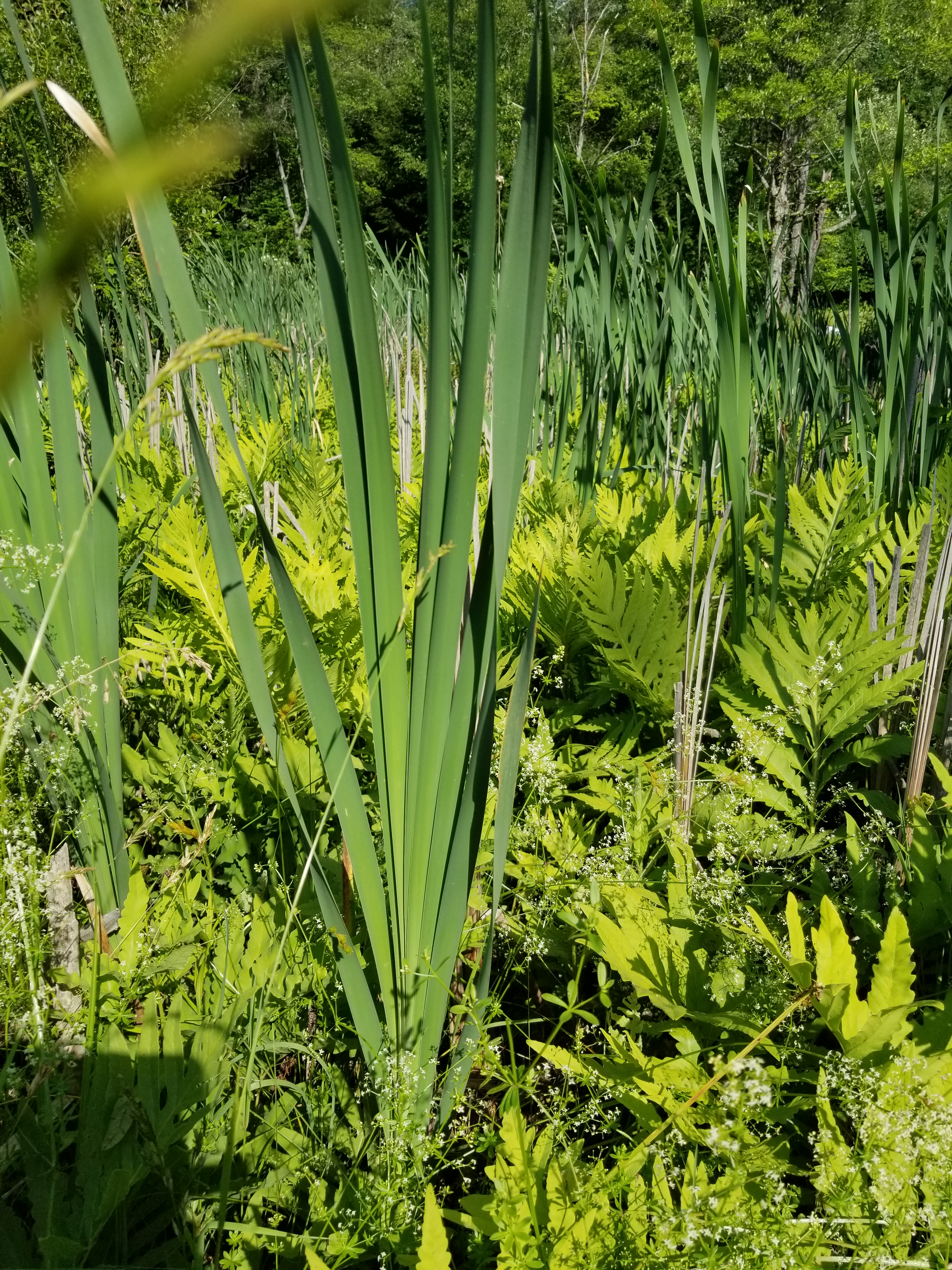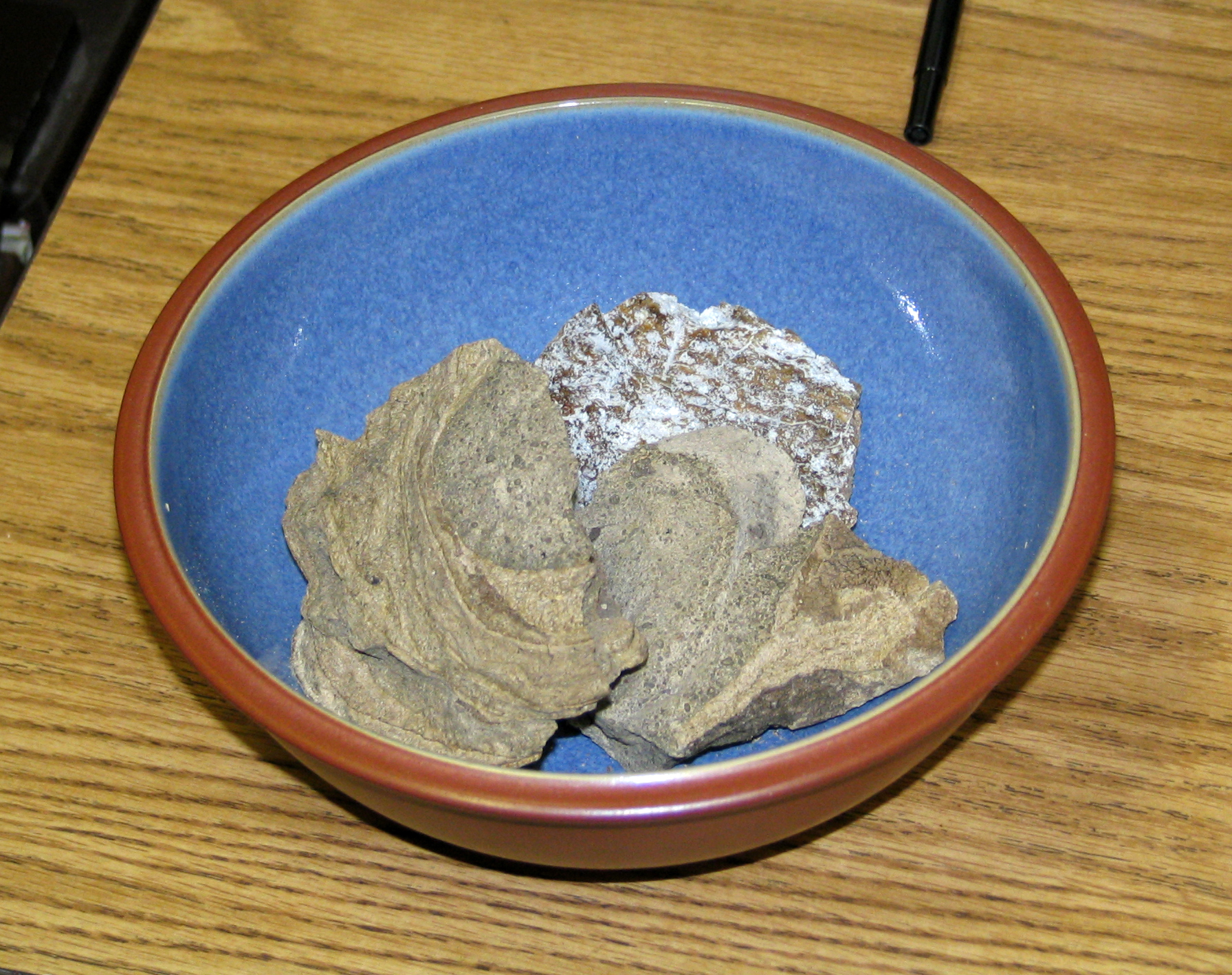|
Pomander
A pomander, from French ''pomme d'ambre'', i.e., apple of amber, is a ball made for perfumes, such as ambergris (hence the name), musk, or civet. The pomander was worn or carried in a vase, also known by the same name, as a protection against infection in times of pestilence or merely as a useful article to modify bad smells. The globular cases which contained the pomanders were hung from a neck-chain or belt, or attached to the girdle, and were usually perforated in a variety of openwork techniques, and made of gold or silver. Sometimes they contained several partitions, in each of which was placed a different perfume. The term "pomander" can refer to the scented material itself or to the container that contains such material. The container could be made of gold or silver and eventually evolved to be shaped like nuts, skulls, hearts, books and ships. Smaller versions were made to be attached by a chain to a finger ring and held in the hand. Even smaller versions served as cape b ... [...More Info...] [...Related Items...] OR: [Wikipedia] [Google] [Baidu] |
Clove
Cloves are the aromatic flower buds of a tree in the family Myrtaceae, ''Syzygium aromaticum'' (). They are native to the Maluku Islands (or Moluccas) in Indonesia, and are commonly used as a spice, flavoring or fragrance in consumer products, such as toothpaste, soaps, or cosmetics. Cloves are available throughout the year owing to different harvest seasons across various countries. Etymology The word ''clove'', first used in English in the 15th century, derives via Middle English ''clow of gilofer'', Anglo-French ''clowes de gilofre'' and Old French ''clou de girofle'', from the Latin word ''clavus'' "nail". The related English word ''gillyflower'', originally meaning "clove", derives via said Old French ''girofle'' and Latin ''caryophyllon'', from the Greek ''karyophyllon'' "clove", literally "nut leaf". Botanical features The clove tree is an evergreen that grows up to tall, with large leaves and crimson flowers grouped in terminal clusters. The flower buds initiall ... [...More Info...] [...Related Items...] OR: [Wikipedia] [Google] [Baidu] |
Censer
A censer, incense burner, perfume burner or pastille burner is a vessel made for burning incense or perfume in some solid form. They vary greatly in size, form, and material of construction, and have been in use since ancient times throughout the world. They may consist of simple earthenware bowls or fire pots to intricately carved silver or gold vessels, small table top objects a few centimetres tall to as many as several metres high. Many designs use openwork to allow a flow of air. In many cultures, burning incense has spiritual and religious connotations, and this influences the design and decoration of the censer. Often, especially in Western contexts, "censer" is used for pieces made for religious use, especially those on chains that are swung through the air to spread the incense smoke widely, while "perfume burner" is used for objects made for secular use. The original meaning of pastille was a small compressed mixture of aromatic plant material and charcoal that was ... [...More Info...] [...Related Items...] OR: [Wikipedia] [Google] [Baidu] |
Openwork
Openwork or open-work is a term in art history, architecture and related fields for any technique that produces decoration by creating holes, piercings, or gaps that go right through a solid material such as metal, wood, stone, pottery, cloth, leather, or ivory. Such techniques have been very widely used in a great number of cultures. The term is rather flexible, and used both for additive techniques that build up the design, as for example most large features in architecture, and those that take a plain material and make cuts or holes in it. Equally techniques such as casting using moulds create the whole design in a single stage, and are common in openwork. Though much openwork relies for its effect on the viewer seeing right through the object, some pieces place a different material behind the openwork as a background. Varieties Techniques or styles that normally use openwork include all the family of lace and cutwork types in textiles, including broderie anglaise and many ... [...More Info...] [...Related Items...] OR: [Wikipedia] [Google] [Baidu] |
Civet (perfumery)
Civet (''Zibeth''; ''Zibet''; ''Zibetum''), also known as civet musk and civet oil, is the glandular secretion produced by both sexes of Viverridae species. Production A number of viverrid species secrete civet oil in their perineal glands, including the African civet (''Civettictis civetta''), large Indian civet (''Viverra zibetha'') and small Indian civet (''Viverricula indica''). Most civet is produced in African farms, where African civets are kept in cages for this purpose. African civets typically produce three to four grams of civet per week. In 2000, civet sold for about five hundred dollars per kilogram. Civet is a soft, almost liquid material. It is pale yellow when fresh, darkening in the light and becoming salve-like in consistency. Its odor is strong, even putrid as a pure substance, but once diluted it is pleasantly and sweetly aromatic. It is prepared for use in perfumery by solvent extraction to yield either a tincture (10 or 20 percent), an absolute, or a ... [...More Info...] [...Related Items...] OR: [Wikipedia] [Google] [Baidu] |
Cinnamon
Cinnamon is a spice obtained from the inner bark of several tree species from the genus '' Cinnamomum''. Cinnamon is used mainly as an aromatic condiment and flavouring additive in a wide variety of cuisines, sweet and savoury dishes, breakfast cereals, snack foods, bagels, teas, and traditional foods. The aroma and flavour of cinnamon derive from its essential oil and principal component, cinnamaldehyde, as well as numerous other constituents including eugenol. Cinnamon is the name for several species of trees and the commercial spice products that some of them produce. All are members of the genus ''Cinnamomum'' in the family Lauraceae. Only a few ''Cinnamomum'' species are grown commercially for spice. '' Cinnamomum verum'' (AKA ''C. zeylanicum''), known as "Ceylon cinnamon" after its origins in Sri Lanka (formerly Ceylon), is considered to be "true cinnamon", but most cinnamon in international commerce is derived from four other species, usually and more correctl ... [...More Info...] [...Related Items...] OR: [Wikipedia] [Google] [Baidu] |
Camphor
Camphor () is a waxy, colorless solid with a strong aroma. It is classified as a terpenoid and a cyclic ketone. It is found in the wood of the camphor laurel ('' Cinnamomum camphora''), a large evergreen tree found in East Asia; and in the kapur tree ( ''Dryobalanops'' sp.), a tall timber tree from South East Asia. It also occurs in some other related trees in the laurel family, notably '' Ocotea usambarensis''. Rosemary leaves ('' Rosmarinus officinalis'') contain 0.05 to 0.5% camphor, while camphorweed ('' Heterotheca'') contains some 5%. A major source of camphor in Asia is camphor basil (the parent of African blue basil). Camphor can also be synthetically produced from oil of turpentine. The compound is chiral, existing in two possible enantiomers as shown in the structural diagrams. The structure on the left is the naturally occurring (+)-camphor ((1''R'',4''R'')-bornan-2-one), while its mirror image shown on the right is the (−)-camphor ((1''S'',4''S'')-bornan-2-o ... [...More Info...] [...Related Items...] OR: [Wikipedia] [Google] [Baidu] |
Benzoin Resin
Benzoin or benjamin (corrupted pronunciation) is a balsamic resin obtained from the bark of several species of trees in the genus ''Styrax''. It is used in perfumes and some kinds of incense and as a flavoring and medicine (see tincture of benzoin). It is distinct from the chemical compound benzoin, which is ultimately derived chemically from benzoin resin; the resin, however, does not contain this compound. Benzoin is sometimes called gum benzoin or gum benjamin, and in India ''Sambrani or'' loban, though loban is, via Arabic ''lubān'', a generic term for frankincense-type incense, e.g., fragrant tree resin. Benzoin is also called storax, not to be confused with the balsam of the same name obtained from the Hamamelidaceae family. Benzoin is a common ingredient in incense-making and perfumery because of its sweet vanilla-like aroma and fixative properties. Gum benzoin is a major component of the type of church incense used in Russia and some other Orthodox Christian soci ... [...More Info...] [...Related Items...] OR: [Wikipedia] [Google] [Baidu] |
Acorus Calamus
''Acorus calamus'' (also called sweet flag, sway or muskrat root, among many common names) is a species of flowering plant with psychoactive chemicals. It is a tall wetland monocot of the family Acoraceae, in the genus '' Acorus.'' Although used in traditional medicine over centuries to treat digestive disorders and pain, there is no clinical evidence for its safety or efficacy – and ingested calamus may be toxic – leading to its commercial ban in the United States. Description Sweet flag is a herbaceous perennial, tall. Its leaves resembles those of the iris family. Sweet flag consists of tufts of basal leaves that rise from a spreading rhizome. The leaves are erect yellowish-brown, radical, with pink sheathing at their bases, sword-shaped, flat and narrow, tapering into a long, acute point, and have parallel veins. The leaves have smooth edges, which can be wavy or crimped. The sweet flag can be distinguished from iris and other similar plants by the crimped ... [...More Info...] [...Related Items...] OR: [Wikipedia] [Google] [Baidu] |
Gum Arabic
Gum arabic, also known as gum sudani, acacia gum, Arabic gum, gum acacia, acacia, Senegal gum, Indian gum, and by other names, is a natural gum originally consisting of the hardened sap of two species of the ''Acacia'' tree, ''Senegalia senegal'' and '' Vachellia seyal.'' The term "gum arabic" does not legally indicate a particular botanical source, however. The gum is harvested commercially from wild trees, mostly in Sudan (80%) and throughout the Sahel, from Senegal to Somalia. The name "gum Arabic" (''al-samgh al-'arabi'') was used in the Middle East at least as early as the 9th century. Gum arabic first found its way to Europe via Arabic ports, so retained its name. Gum arabic is a complex mixture of glycoproteins and polysaccharides, predominantly polymers of arabinose and galactose. It is soluble in water, edible, and used primarily in the food industry and soft-drink industry as a stabilizer, with E number E414 (I414 in the US). Gum arabic is a key ingredient in ... [...More Info...] [...Related Items...] OR: [Wikipedia] [Google] [Baidu] |
Ambergris
Ambergris ( or , la, ambra grisea, fro, ambre gris), ''ambergrease'', or grey amber is a solid, waxy, flammable substance of a dull grey or blackish colour produced in the digestive system of sperm whales. Freshly produced ambergris has a marine, fecal odor. It acquires a sweet, earthy scent as it ages, commonly likened to the fragrance of Isopropyl alcohol without the vaporous chemical astringency. Ambergris has been highly valued by perfume makers as a fixative that allows the scent to endure much longer, although it has been mostly replaced by synthetic ambroxide. Dogs are attracted to the smell of ambergris and are sometimes used by ambergris searchers. Etymology The word ''ambergris'' comes from the Old French "''ambre gris''" or "grey amber". The word "amber" comes from the same source, but it has been applied almost exclusively to fossilized tree resins from the Baltic region since the late 13th century in Europe. Furthermore, the word "amber" is derived from th ... [...More Info...] [...Related Items...] OR: [Wikipedia] [Google] [Baidu] |







